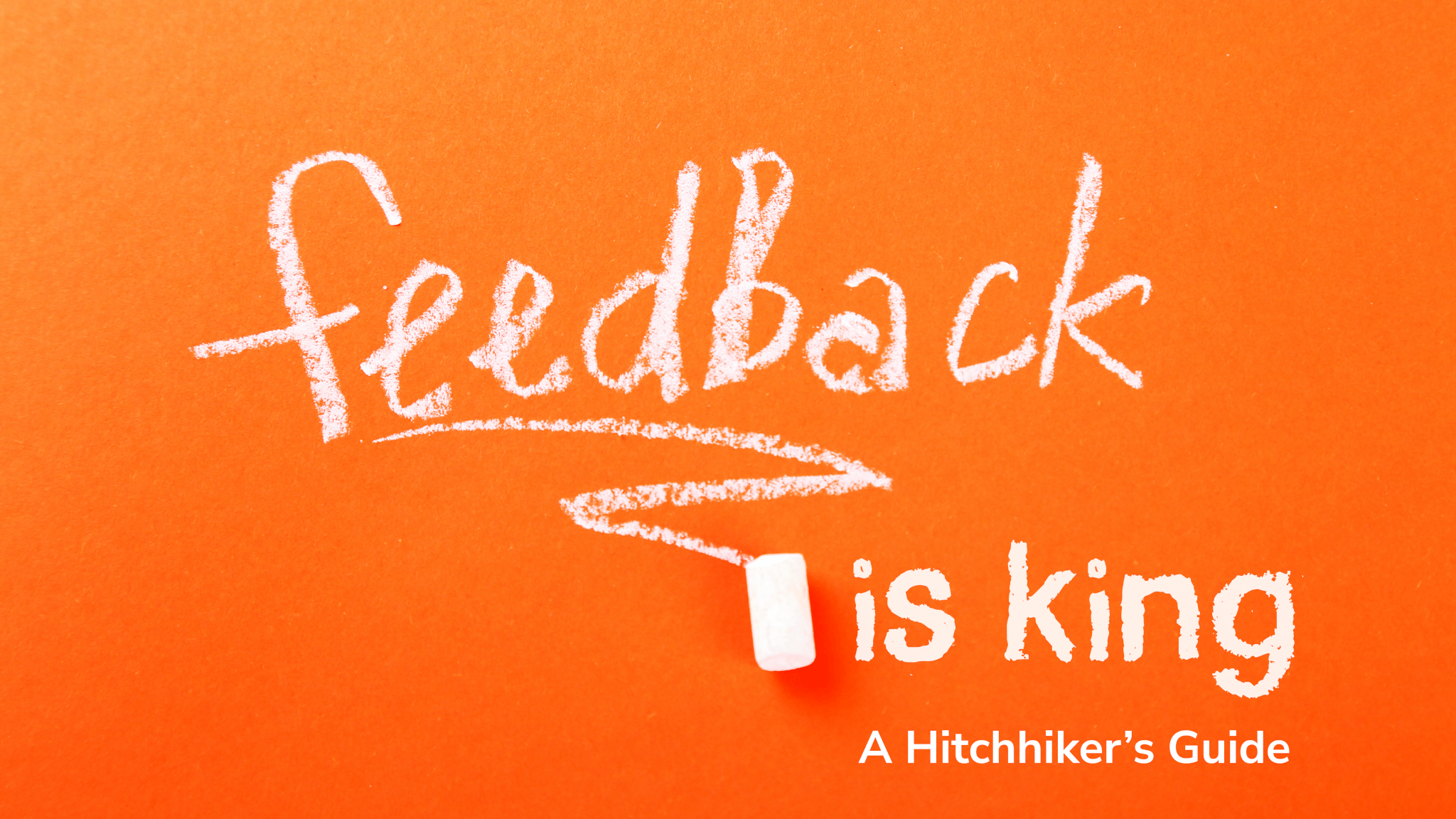Feedback is king – this vision of the world doesn’t just stem from the idea of holistic workplaces. It is, in fact, an axiom of life. From the first types of tribal communication upon which we’ve built civilizations, nothing would be possible without feedback.
Communication is, in itself, a form of expression entirely dependent on the receiver. The word ‘chair’ cannot exist without the consensus among those who use it.
But you’re not here to listen to me ramble about the origin of human thought. So let’s dig into it!
The Practice of Feedback
Managers often say that their teams know they can give feedback at any time. Yet, very few do. And that’s because as much as it is in our nature to interact meaningfully, it’s just as much in our nature to put off unpleasant conversations.
However harsh or unfriendly it may sound, it’s your team’s responsibility to provide you with feedback whenever necessary. Of course, this will only happen if you’ve created a healthy workplace culture, where people feel valued even when they go through some failures, or when they have aspects to improve.
Because most of the workplace cultures out there are in fact toxic, employee performance management is corrupted by a bunch of meaningless data. But even in this case, feedback is still something that can save your company culture. Surrounding yourself with professionals whom you completely trust, and whose visions have a track record of being fruitful will facilitate the acceptance of feedback in an unhealthy environment, so start from there.
Getting Over The Fear of Confrontation
Especially when it comes to giving feedback to their manager, employees will find ways to either be excessively polite or to sugarcoat different situations or underplay their effects. There is no universal recipe to fixing this, but a good starting point is always honesty – trying to level with the person in front of you.
If you’re a manager, one thing you should know before starting asking for feedback is that it’s not a conversation. It’s not a pretext for arguments, excuses or even solutions.
Feedback is simply a chance to listen. And perhaps this is what makes it so powerful, as it forces us to step in the very uncomfortable shoes of our interlocutors.
When it comes to giving feedback to your peers, the situation can become more personal or convoluted, particularly if you’re work friends or just getting along really well. In the quality of professional life, having meaningful and positive interaction with our colleagues ranks very high, and it’s our nature to prevent things from going haywire.
Whichever the situation, what will get us through this reluctance is the active practice of compassion.
In order to do this, you have to have an atmosphere of mutual trust, through which every single one of your colleagues will have internalized that the feedback we receive is not a personal vendetta or a personal praise, but simply a way to become more productive and more appropriate.
Radical candor is a term coined by Kim Scott, who provided a methodology for feedback. If you’re new to this, make sure to check it out.
One key aspect of this approach is that instead of polarizing people as me vs. you, it creates a climate of trust, positioning me AND you vs the issue at hand. More often than not, this will go a very long way in solving professional differences.
And remember, the worst enemy of feedback is not lack of feedback, it’s lack of context.
So urge your team to be specific in their feedback and to provide examples that help make sense of their views.
Solving The Idiosyncratic Rater Effect
Jumping on to our next issue – the rater bias. This refers to different ratings that don’t seem to align. Although people are giving feedback to the same one person, their voices are very different and their opinions are diametrically opposed, which creates an impossibility of evaluation.
From the halo effect, to the contrast effect or the leniency bias, there are lots of instances where the feedback provided will be heavily influenced by the person who gives it.
Up to a point, it’s completely understandable – rating abstract features such as assertiveness or proactiveness calls for a profoundly subjective evaluation, and when this happens the manner in which we interact with a person may not align with the reality behind their job roles.
Another aspect that contributes to our idiosyncrasies is the way we are – our identity, beliefs, cultural traits and similarities in values shape our perception of people to a much greater degree than we’re prepared to admit, to the point where a study found that a third of all feedback provided within a company was in fact a form of rater effect.
How do you fix it? First of all, you make sure to implement a rating scale that’s clear and consistent throughout the entire company, enforced by company wide training on how to provide feedback.
However, if you’re in the type of workplace that can’t solve issues overnight, you stop looking at the person you’re evaluating from a single-dimensional point of view and you analyze the feedback in correlation with the types of interactions. For instance, closer team members who work on a daily basis with a person will have access to a more detailed perspective, while those who interact on occasion will only be able to evaluate a sequential aspect of the employee’s behavior. Another way to work through this type of convoluted feedback is to have a good understanding of workplace dynamics – who gets well with whom, and who will have reasons to amplify their feelings (whether positive or negative).
Instead Of Conclusion, A Follow Up
The reason why we provide feedback in the workplace (as well as in any other case) is to correct and improve behavior.
Without a proper follow up, your efforts to implement feedback as a natural part of professional interactions will not stand.


